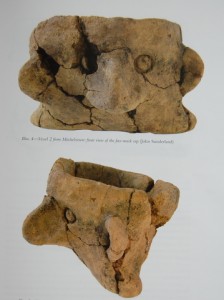
An exceptional collection of Bronze Age artefacts was recently found near Mitchelstown in County Cork (Kiely & Sutton 2007). They included a ceramic spoon and three pottery vessels, two of which had distinctly anthropomorphic features. These remarkable finds were recovered from a small pit during an archaeological excavation carried out by Bruce Sutton of Eachtra Archaeological Projects. The pottery vessels, which contained features that were unique in a Irish context, were subsequently radiocarbon dated to the Early Bronze Age (1916-1696 BC 2 Sigma; oak charcoal from the pit) (Kiely & Sutton 2007, 27).

The first vessel found in the pit consisted of a Cordoned Urn, a type of pot normally associated with burial remains. However, in this instance no cremated bone was found within the urn. The second vessel was a truly remarkable piece of pottery having no parallels in Ireland. It consisted of small ‘cup’ that measured approximately 120mm wide at the rim and 70mm deep internally. The front of the vessel contained a stylised human face, which had a protruding nose, two impressed eyes, a pair of ears and what may have been feet. The third vessel from the pit was a tub-shaped pot, with a rim diameter of 130mm and an internal depth of 70mm. The pot had an identical fabric to the previous vessel and although it contained two ‘ears’ it lacked other facial features. The final artefact recovered from the pit was a fragmented ceramic spoon that measured approximately 96mm in length. Again this artefact has no Irish parallels.
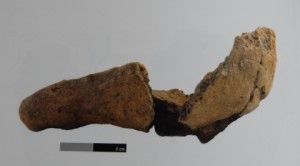
This is a highly significant collection of artefacts and it represents the first time the ‘human’ form has been identified in a prehistoric vessel from Ireland. Why these pots were so carefully buried remains uncertain, although it is suggestive of a symbolic or ritual act. Indeed, the excavator’s suggestion that they may represent an offering to a Bronze Age deity is compelling (Kiely & Sutton 2007, 31).
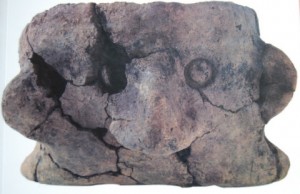
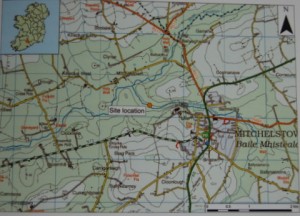
References
This blog post is indebted to an excellent article by Jacinta Kiely and Bruce Sutton
Kiely, J. & Sutton, B. 2007. ‘The new face of Bronze Age pottery’ in Michael Stanley & Jerry O’Sullivan (eds) New Routes to the Past, Archaeology and the National Roads Authority Monograph Series No. 4. Dublin. pp. 25-34.
The images used in this blog post are taken from the above publication

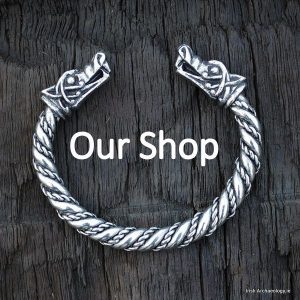
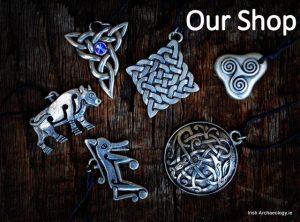
An absolutely exceptional find but one that raises so many questions!
Are there any more finds from this period?
There’s a common opinion that everything that is bronze age and resemble human is possible or definitely votive offering. I don’t think there was such a big difference in manual skills between people living in Denmark and in Ireland, ceramic appeared 8,000 years ago in the Middle East, from Macedonia to Iran, so 5k years earlier , the potter’s wheel appeared 6k years ago, so basically they had material, tools and technology, but this one is so simple, spoon also. In same time metallurgy was knows and gold lunulas thin like a foil were made, 2k bc. It’s not necessarily offering to deity, this could be simple pot that some guy made and burried to preserve their depiction of people. Finds like that are common all around the world and their age goes back to cave paintings… ‘Anthropomorphic – deity’ thinking is like ripping them off their sense of humour or imagination and manual skills. There’s no proof it’s a deity.